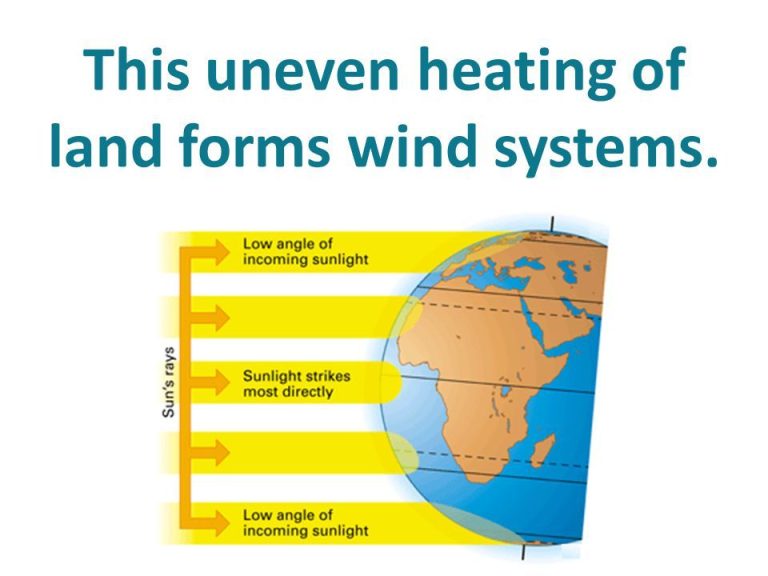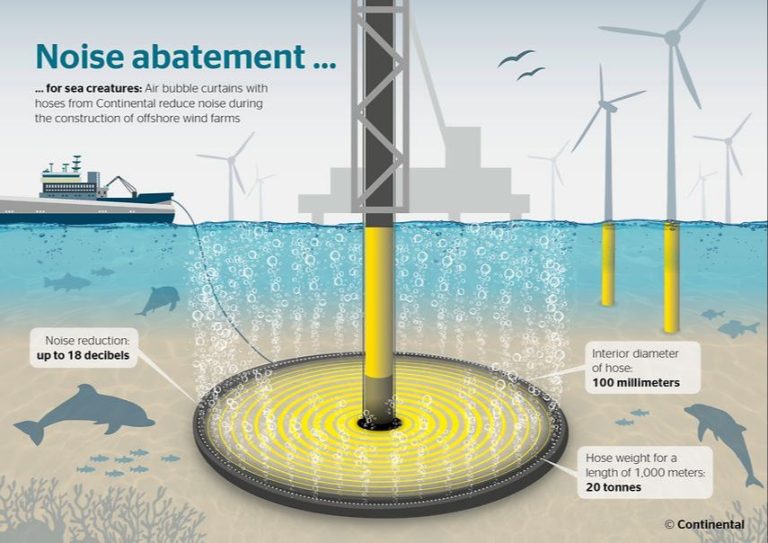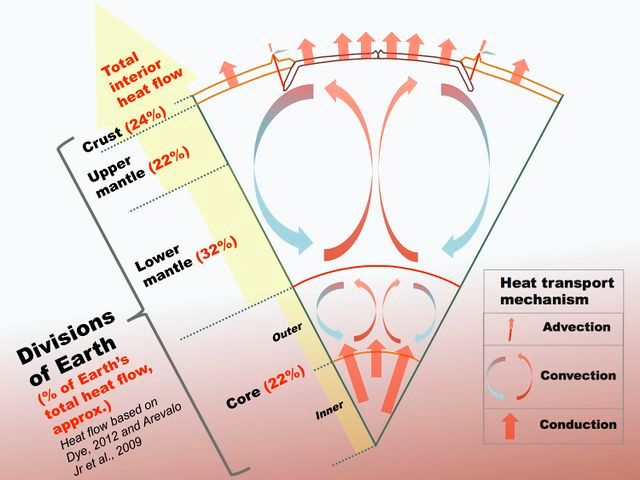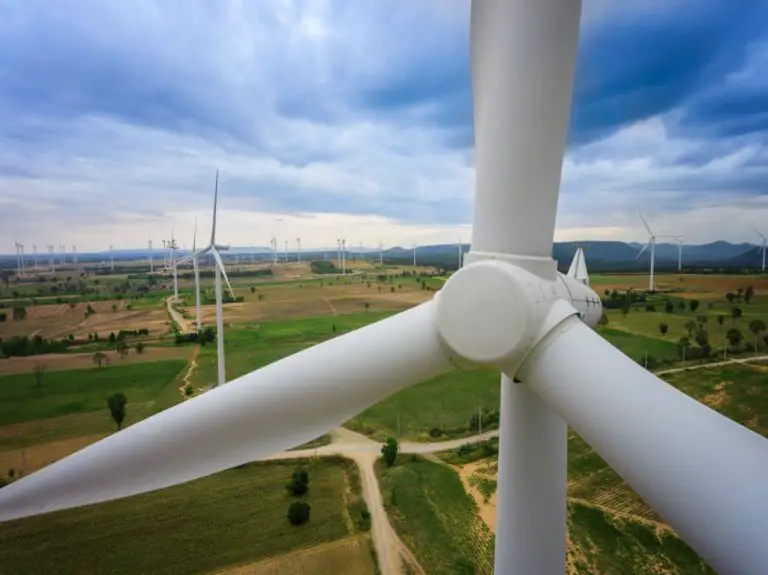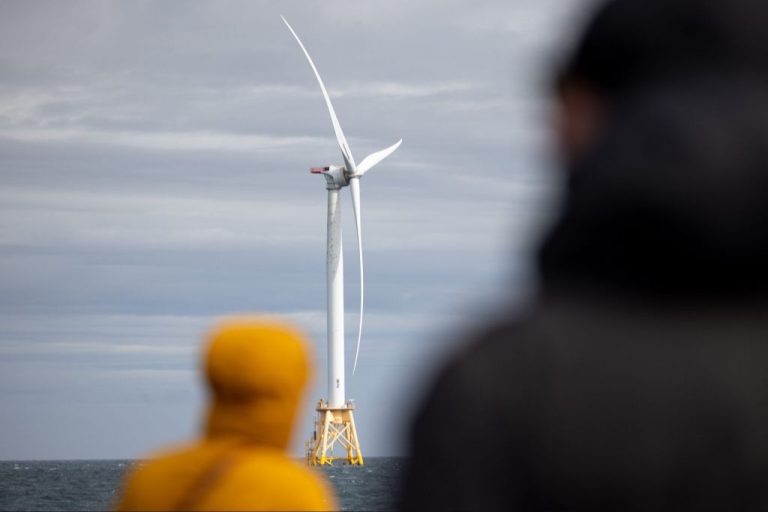Is Wind A Mechanical Force?
What is Wind?
Wind is the natural movement of air across the earth’s surface. It is caused by differences in atmospheric pressure due to the unequal heating of the earth by the sun. Wind flows from areas of high pressure to areas of low pressure. The greater the temperature difference, the stronger the wind flow. On a basic level, wind is simply air in motion.
Wind speed refers to the rate at which air moves and is typically measured in meters per second, miles per hour, or knots. Wind direction refers to the direction that the wind originates from.
Wind patterns on earth are influenced by global circulation as well as geographic features like mountains, valleys, bodies of water, and vegetation. Winds are commonly identified by the direction they originate from – for example, a north wind blows from the north to the south.
What Causes Wind?
Wind is caused by the uneven heating of the Earth’s surface by the Sun. As the Earth’s surface absorbs solar energy, some areas become warmer than others. Warm air expands and rises, creating an area of lower air pressure. Cooler denser air then rushes in to displace the rising warm air, creating wind. The movement of air from high to low pressure areas causes wind to blow.
The contrasting temperatures over land and water is one of the most significant causes of wind. During the day, land heats up more quickly than water. The warm air over the land rises, creating an area of lower pressure. The higher pressure, cooler air over the water then moves in to fill the void, creating a sea breeze. At night, the opposite effect happens, as the land cools more quickly than the ocean. The cool air over the land sinks and the higher pressure, warmer air over water moves in, creating a land breeze.
The rotation of the Earth also impacts wind patterns. In the Northern Hemisphere, wind is deflected to the right by the Coriolis effect. In the Southern Hemisphere, wind is deflected to the left. This results in circulating wind patterns influenced by the geography of the Earth’s surface. Large mountain ranges, bodies of water, forests, and other physical features all affect wind flow.
Differences in temperature between the equator and the poles also drive global wind circulation. Warm air rises at the equator and moves toward the poles. Cooler, denser air sinks at the poles and flows down toward the equator, creating conveyor belt-like circulation cells that transport heat from the equator to the poles.
Mechanical Force Definition
A mechanical force is a force that acts on a body or object to cause a physical change or deformation. Some examples of mechanical forces include:
- Friction – The force resisting motion when one surface rubs against another.
- Tension – The pulling force transmitted axially through a slender body, such as a rope or wire.
- Compression – A pushing force that squeezes objects together.
- Shear – A force that causes an object to shear or slide.
- Torsion – A twisting force that tends to rotate an object.
- Lifting – An upward force on an object.
- Normal force – A force perpendicular to a surface. Acts to prevent two solid objects from occupying the same space.
- Drag force – A force opposite the relative motion of any object moving through a fluid.
In general, a mechanical force results from the direct contact between two objects, causing a push or pull on the objects to change their shape, motion, or position.
Wind as a Mechanical Force
Wind is considered a mechanical force because it exerts force on objects and transmits mechanical energy. When wind blows against a solid object like a tree, building, or wind turbine, it applies pressure on the surface. The strength of this force depends on the wind speed – the faster the wind is blowing, the greater the force.
This wind pressure can push objects and cause motion, demonstrating that kinetic energy is being transferred. For example, a strong wind can push over trees, blow away loose debris, or spin the blades on a wind turbine to generate electricity. The wind is doing mechanical work as it displaces these objects.
Wind can also exert force on sails and propel sailboats and wind turbines. When wind hits the curved sail, it creates low pressure on one side and high pressure on the other. This change in pressure results in a mechanical force that pushes the sail downwind. This demonstrates how wind can impart motion and kinetic energy.
In physics terms, wind applies a drag force when it blows on objects. The faster the wind speed, the larger the drag force. Because this wind force can push objects, topple things over, and transfer kinetic energy, it meets the criteria for being a mechanical force. Wind’s ability to do mechanical work and cause motion through the application of force qualifies it as a mechanical force.
Types of Mechanical Force in Wind
There are four main types of mechanical force exerted by wind: drag force, lift force, shear stress, and normal stress.
Drag force refers to the force that resists the motion of an object through a fluid. It acts in the direction opposite to the relative motion of the fluid and object. For example, as wind blows past a stationary object like a tree, the drag force pushes against the tree in the opposite direction of the wind flow. The faster the wind speed, the greater the drag force.
Lift force acts perpendicular to the drag force. It is the mechanical force that pushes an object at a right angle to the flow direction of the fluid. For example, an airplane wing generates lift from the air flowing over and under it. This allows the aircraft to overcome gravity and rise off the ground.
Shear stress in wind refers to frictional forces produced when wind flows along a surface. The wind exerts tangential frictional forces across the surface. The differences in wind speed at different heights create velocity gradients that produce shear stress.
Normal stress is the mechanical force exerted perpendicular or normal to a surface. Wind blowing against a surface exerts forces perpendicular to that surface. The faster and denser the wind, the greater the normal stress.
Measuring Wind Force
Wind force can be measured in different ways depending on the purpose. Three common ways to measure wind force are wind speed, wind pressure, and the Beaufort scale.
Wind Speed
Wind speed measures how fast the wind is blowing and is often measured using an anemometer. Anemometers can measure wind speed in various units such as miles per hour (mph), meters per second (m/s), knots, or kilometers per hour (km/h). Wind speed is an important factor in understanding wind force and impacts.
Wind Pressure
Wind exerts pressure as it blows against objects. This wind pressure can be measured using pressure sensors and is often quantified in units of force per area such as pounds per square foot (psf) or Pascals (Pa). Measuring wind pressure helps quantify the physical force exerted by the wind.
Beaufort Scale
The Beaufort scale is an empirical measure relating wind speed to observed conditions at sea or on land. It ranges from 0 (calm) to 12 (hurricane force). The Beaufort scale provides a standardized way to estimate wind force effects based on qualitative wind conditions.
By measuring wind speed, wind pressure, and using scales like the Beaufort scale, we can quantify the physical force exerted by wind in various conditions.
Wind Force Effects
Wind generates powerful physical effects due to its mechanical force. As air flows and strikes objects in its path, it can push, lift, and stress them. Understanding wind’s effects helps us plan for challenges as well as harness benefits.
A major effect of wind force is the ability to move objects. The amount of force depends on the wind speed and surface area. Strong winds can blow down signs, tear off branches, and topple trees. Wind can move soil and sand, eroding landscapes or creating dunes. It pushes on cars, trucks, and buildings. Extreme winds in hurricanes and tornadoes send debris airborne.
Wind force stresses and damages structures. The pressure exerted needs to be accounted for in architectural and engineering design. Façades, rooftops, and windows are especially prone to wind damage. Bridges may sway or vibrate from persistent gusts. Telegraph lines and power cables can be knocked down by wind drag. Extreme wind events like derechos wreak havoc on buildings and infrastructure.
At the same time, wind’s mechanical power offers benefits. Wind turbines convert kinetic energy into electricity. Windmills harness wind force for pumping water or milling grain. Sailing ships utilize wind propulsion across oceans. Creative architecture can channel wind for natural ventilation and cooling.
Overall, wind’s invisible air currents apply push and pull forces that have profound physical impacts. Understanding mechanical wind loads is crucial for planning resilient structures and leveraging wind power.
Harnessing Wind Force
Humans have harnessed the mechanical force of wind for centuries. Wind’s ability to provide mechanical force that creates movement has been utilized in various ways.
One of the most common ways wind force is harnessed is through wind turbines. Wind turbines convert the kinetic energy of wind into mechanical power. The wind turns the blades of the turbine, which spin a shaft connected to a generator to produce electricity.
Windmills are another traditional technology that takes advantage of wind force. Windmills use the mechanical power generated by wind to turn machinery, such as to pump water or grind grain. Windmills with multiple sails made it possible to harness more wind force.
The propulsion of sailboats relies entirely on harnessing the wind force on sails to generate thrust and move the boat. The design and orientation of sails allows optimal use of wind force to propel sailboats forward.
Engineers and inventors continue to find new ways to channel the mechanical power of the wind for human purposes, from small wind turbines for homes to giant wind farms generating renewable electricity. Harnessing wind force provides an abundant and renewable source of mechanical power.
Modeling Wind Force
Engineers and scientists often need to model wind forces to understand their effects and harness their power. Two primary methods are used to model wind forces:
Wind Tunnel Testing
Wind tunnels allow engineers to simulate the effects of wind under controlled conditions. Air is blown through a tunnel past a model of the structure or object being tested. Instruments measure the forces exerted by the wind on the model. Wind tunnels allow testing of models under different wind speeds, directions, turbulence levels, and other conditions.
Computational Fluid Dynamics
CFD uses high-speed computers and advanced algorithms to model how air flows around objects and exerts forces. Engineers input the size, shape and orientation of the object into the CFD software, which then solves complex equations to simulate airflow patterns and forces. CFD provides detailed 3D modeling of wind forces without requiring physical models and wind tunnels.
CFD and wind tunnel testing complement each other in modeling wind forces for applications like building design, bridge engineering, and aerodynamics.
Conclusion
In summary, wind is caused by differences in air pressure and acts as a mechanical force that can be measured and harnessed. The key points covered in this article include:
- Wind is the movement of air from areas of high to low pressure.
- The sun’s heating of the earth’s surface creates temperature and pressure differences that drive wind flow.
- Wind exerts force on objects in its path that can be measured in units like miles per hour or knots.
- Wind displays characteristics of mechanical forces like applying pressure and doing work.
- Drag and lift are examples of mechanical forces exerted by wind.
- Anemometers and wind vanes are used to measure wind speed and direction.
- Wind force impacts many aspects of daily life from weather to sailing to generating electricity.
- Wind turbines and wind farms harness wind’s kinetic energy to produce renewable power.
- Computer models help predict wind patterns and forces.
In conclusion, wind clearly acts as a mechanical force that can be measured, modeled, and utilized to great effect. Understanding wind as a force helps us study weather, design structures, and tap into clean energy.

